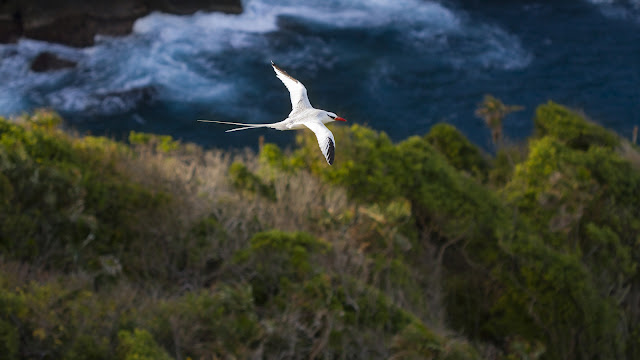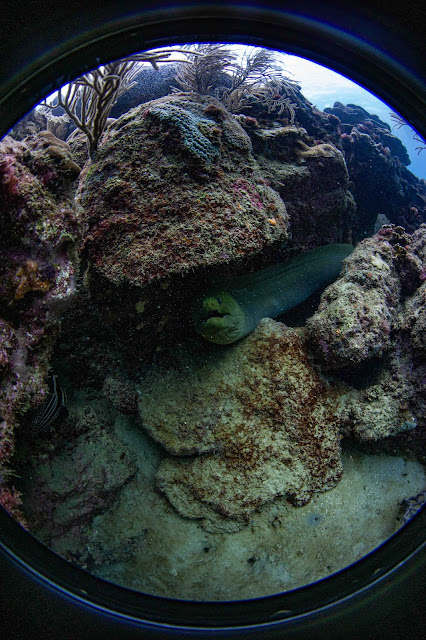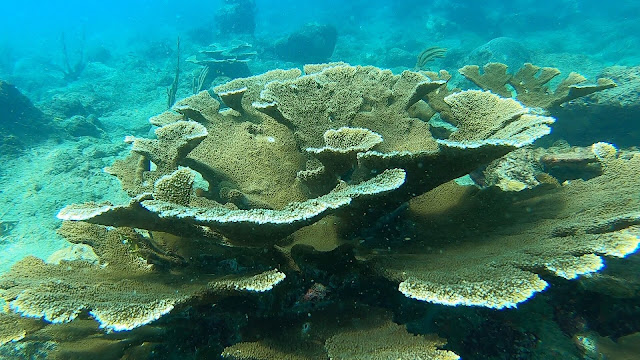New Economic Indicators for Trinidad and Tobago
The Blue Green Agenda, part 2
Dr Anjani Ganase continues to envision a different direction for Trinidad and Tobago, setting a path to social wellbeing without depleting our natural resources.
“Forward and upward” has always been the mantra of human progress, in the words of economist, Kate Raworth in her TED Talk. The GDP is the only metric used to assess country progress, regardless of whether or not citizens are thriving. There is need to revise this outlook to truly reflect the complexities of human prosperity.
Growth measured by GDP (Gross Domestic Product) was invented in the 1930s a world very different to the one we experience today. Then, the market economy was in its inception. Fast forward 100 years, we have significantly progressed quality of life, reduced extreme poverty to less than 10 % (still some 700 million people), and we are at the height of growth in the era of mass consumerism and entertainment. Unfortunately, the benefits we have reaped come at a severe cost to biodiversity and habitat loss and climate change, which threaten to reverse the progress made in social wellbeing. This is the point where we need to shift gears toward maintenance and maturation.
Endless growth is unnatural, and does not happen without significant consequences to the planet itself. In the natural world, no system, neither organism nor ecosystem, grows endlessly with the exception of cancer. We are a population of over eight billion people consuming more resources than ever before, so how do we maintain quality of life without endless growth? Try a doughnut, says Raworth.
The Doughnut Economics model developed by British economist, Kate Raworth, highlights the sweet spot for thriving economies, meeting social needs without overshooting the planetary boundaries for survival. Instead of one measurement for prosperity, there is a balanced framework for human success that is measured by a dashboard of indicators, from social needs - education, equity, health, food, water, and ecological metrics – to biodiversity loss, nutrient pollution, climate change, habitat destruction, chemical and air pollution. Current global indicators show that we are falling short in many aspects of social wellbeing, while overshooting our planetary limits. Consider biodiversity loss, pollution and climate change which can potentially have cascading impacts on society derailing socio-economic progress. We need to stop thinking “forward and upward” and consider natural cycles. Think about farming practices that follow the seasons and support biodiversity. Imagine manufacturing in which all materials are valuable; there’s no waste. And distribution models that provide easy access to all. Donut economies have been implemented in several cities around the would including Amsterdam, Brussels and Melbourne, as well as countries, such as Curacao and UK.
 |
| The NGO SpeSeas is taking ocean education to schools. Photo by Heidi Victoria |
Thriving in Trinidad and Tobago
If we apply the metrics of the Doughnut to Trinidad and Tobago, what does a thriving T&T community look like with respect to education, biodiversity, food security, water access, gender equality, justice, health, climate change and pollution?
Clean water
How would we rate our water supply in Trinidad and Tobago? Would improvement simply mean more pipes and less leaks in the infrastructure? More holistic planning must consider the long-term vision and all influences of clean water supply. Access to clean water must consider the health of the ecosystems that water is sourced from, the method for distribution. It must forecast trends in water needs with respect to future development and climate change. It is easy to see that ecological health matters, especially when watersheds are being cleared and paved and rivers are being turned into drains. This results simultaneously in flooding and water shortages in the same areas. What happens upstream affects downstream. How does this sector affect others? Think about the household and business pollutants that discharge into our rivers. These contaminated water supplies are used in agriculture and farming, and end up in mangrove wetlands, the nursery and source of our seafood. WASA needs to think about decentralised systems scaled for catchment, treatment. What about the use of innovative technologies for water capture and distribution?
Education
What would appropriate education for different communities in Trinidad and Tobago look like? Stop talking about laptops unless they link with digital learning and coding to build tech competency. Tools are only useful if there is purpose or direction. Do we want to raise children who care for their community and environment? Do we want a system that nurtures critical thinking, understands the process of scientific thinking? Who are allowed to be creative? We need a curriculum and teachers that encourage compassion alongside skills development, self-learning and adaptable thinking over knowledge regurgitation.
 |
| Our global selfie, according to
Kate Raworth's Doughnut Model. Humans have gone beyond the boundary of Earth's natural resources. |
 |
| The Doughnut Economic model for
thriving societies: living and regenerating within the planetary limits |
Sustainable Resources
Over the last 100 years, Trinidad and Tobago has been focused on the economy of oil and gas, a depleting resource. Significant revenues, according to the economists, were to be invested in other sectors, to diversify the range of income-generating fields and industries. Unfortunately, our failure is cyclical and each economic downturn, we talk about what “shoulda, coulda, or needed to happen.” Dependent on revenues, the government raises taxes to meet shortfalls from oil and gas; and the private sector and citizens are squeezed. There has been no real attempt to update our mindset ever.
What are T&T’s sustainable Natural Resources? We have some of the richest biodiversity in the Caribbean region, with access to natural products for health care, manufacturing, research and development, and tourism. Our geography is unique and ideal for trade and transport, but also for pioneering ocean research and building a sustainable blue economy. Our greatest assets are the diversity and creativity of people, culture, carnival, and music. We can become an incredible centre of learning for the arts and science.
However, tapping into any of these resources without management is exploitation, and the role of the government is to ensure fair and sustainable use of all our resources. Policy enforcement and management of our natural environment is lacking. There is a need for effective environmental protection laws and regulations, including stricter monitoring and management of ongoing activities, inclusive of ecological restoration strategies, so that developments do not destroy the very environments that are critical to our lives and livelihoods. Specific examples include coastal development to promote tourism that will directly impact the marine environment which is the major draw to the island. Management is also about developing health and safety standards, including standards for climate adaptation in building codes.
New Politics
Let us continue these discussions to encourage a shift in the mindset of our citizens and decision makers to break the cycle of finger pointing and blame, and the systemic corruption built into the current five-year horizons of government politics.
 |
| Cumaca Falls, like many of our waterways, are threatened by quarrying and habitat loss. Photo by Anjani Ganase |


